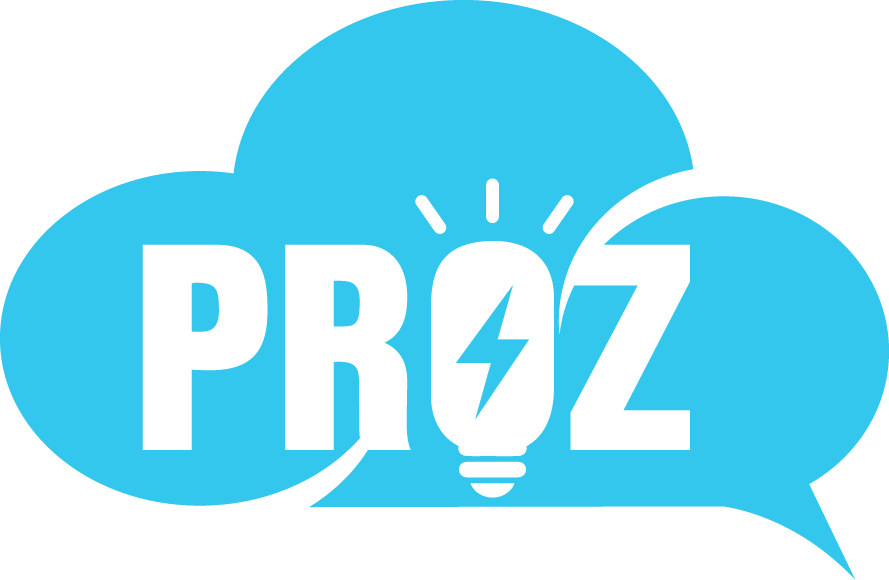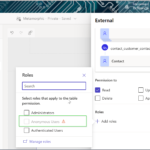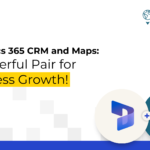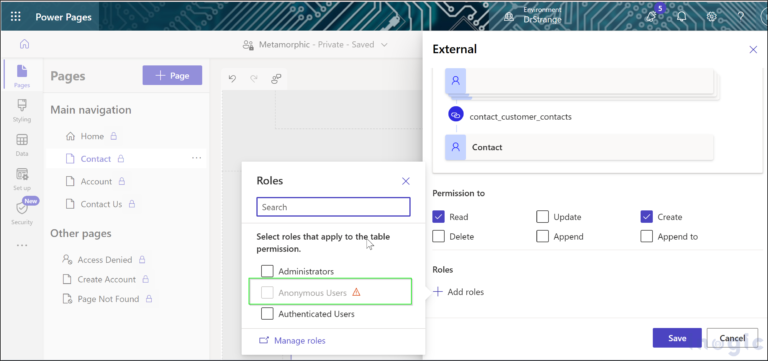A New Unified Data Analytics Platform from Microsoft was recently released called Microsoft Fabric. This cloud business solution is much more detailed and powerful than you think. Microsoft Fabric is designed to emphasize simplicity with one unified data solution, one architecture, in the era of modern business analytics. In this post, we are going to briefly give a Microsoft Fabric Overview and how it can help your organization.
Microsoft Fabric is a Cloud Software as a Service (SaaS) that combines many different Microsoft services under the “umbrella” of one technology solution. This simplified approach connects a unified experience platform to bring great synergies across many systems. These cumulative systems include Data Engineering, Data Factory, Data Science, Data Warehouse, Real-Time Analytics, and Power BI. The below components make up Microsoft Fabric and are described below:
Data Engineering- Data Engineering experience provides a world-class Spark platform with great authoring experiences, enabling data engineers to perform large-scale data transformation and democratize data through the Lakehouse which is a data architecture platform for storing, managing, and analyzing structured and unstructured data in a single location. Microsoft Fabric Spark’s integration with Data Factory enables notebooks and spark jobs to be scheduled and orchestrated.
Data Factory- Azure Data Factory combines the simplicity of Power Query with the scale and power of Azure Data Factory. You can use more than 200 native connectors to connect to data sources on-premises and in the cloud.
Data Science- Data Science experience enables you to build, deploy, and operationalize machine learning models seamlessly within your Fabric experience. It integrates with Azure Machine Learning to provide built-in experiment tracking and model registry. Data scientists are empowered to enrich organizational data with predictions and allow business analysts to integrate those predictions into their BI reports. This way it shifts from descriptive to predictive insights.
Data Warehouse- Data Warehouse experience provides industry-leading SQL performance and scale. It fully separates compute from storage, enabling independent scaling of both components. Additionally, it natively stores data in the open Delta Lake format.
Real-Time Analytics- Observational data, which is collected from various sources such as apps, IoT (Internet of Things) devices, human interactions, and so many more. It’s currently the fastest-growing data category. This data is often semi-structured in formats like JSON or Text. It comes in at high volume, with shifting schemas. These characteristics make it hard for traditional data warehousing platforms to work with. Real-Time Analytics is a class engine for observational data analytics.
Power BI- Power BI is the world’s leading Business Intelligence platform. It ensures that business owners can access all the data in Fabric quickly and intuitively to make better decisions with data.
Microsoft Fabric allows companies the ability to eliminate data silos and capture different data services into one end-to-end analytics solution. This unified platform offers the most comprehensive big data analytics platform in the industry to give insightful business data to analyze trends, access better reporting, and achieve the knowledge for strategic decisions. Microsoft Fabric enables organizations, and individuals, to turn large and complex data repositories into shared experiences that are familiar and easy to learn.
Watch the Microsoft Fabric Overview Video
Download the Microsoft Fabric Data Sheet
Posted by iCepts Technology Group, Inc. A Microsoft Cloud Solution Provider in Pennsylvania











